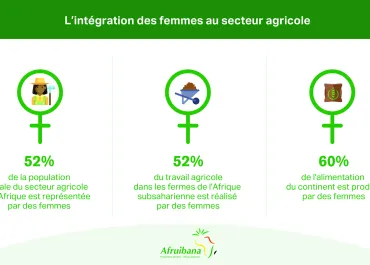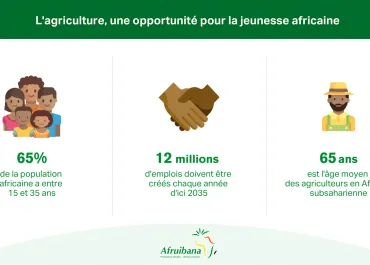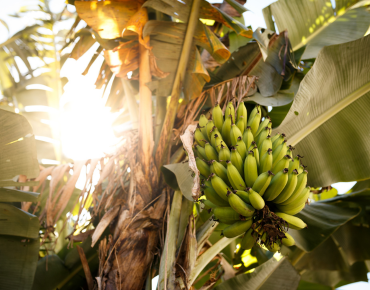
Women’s integration into the agriculture sector
15 June 2018
Why urban agriculture is an opportunity for African cities
24 July 2018The future of youth is at the heart of the debates of all African countries. Today, 65% of the population of sub-Saharan Africa is between 15 and 35 years old. This soaring demography worries many experts, who speaks then of “time bomb”. Indeed, this youth often already faces the throes of unemployment and precariousness while the African Development Bank estimates that 12 million jobs must be created each year by 2035 to absorb new generations of Africans arriving on the work market.
At an FAO regional conference for Africa in Khartoum at the end of February, the sessions focused on youth employment in the agricultural and rural sectors in Africa. Because this “time bomb” can become a “demographic manna” if the investments are judiciously made. Africa’s youth can be a powerful driver for inclusive and strong growth and poverty reduction. But today, more than 70 percent of young Africans have $ 2 a day or less. Rural youth are particularly vulnerable and live more often in poverty.
This is why the transformation of agriculture, of which a large part of the African population (nearly 62%) is still heavily dependent on the incomes and jobs it creates, is key driver to accelerating growth, diversification and job creation. Too often perceived as a means of subsistence and a way of fighting poverty, agriculture actually has a great potential for investment. Especially since Africa has 65% of the world’s uncultivated arable land.
While farmers are on average 65 years old in sub-Saharan Africa, it is time for youth to take over the rural areas of these farmers, and boost the sector through its dynamism to lead the modernization and transformation of the continent’s agriculture. This is how Africa will become a global agricultural power, able to feed its people as well as people from other continents.




